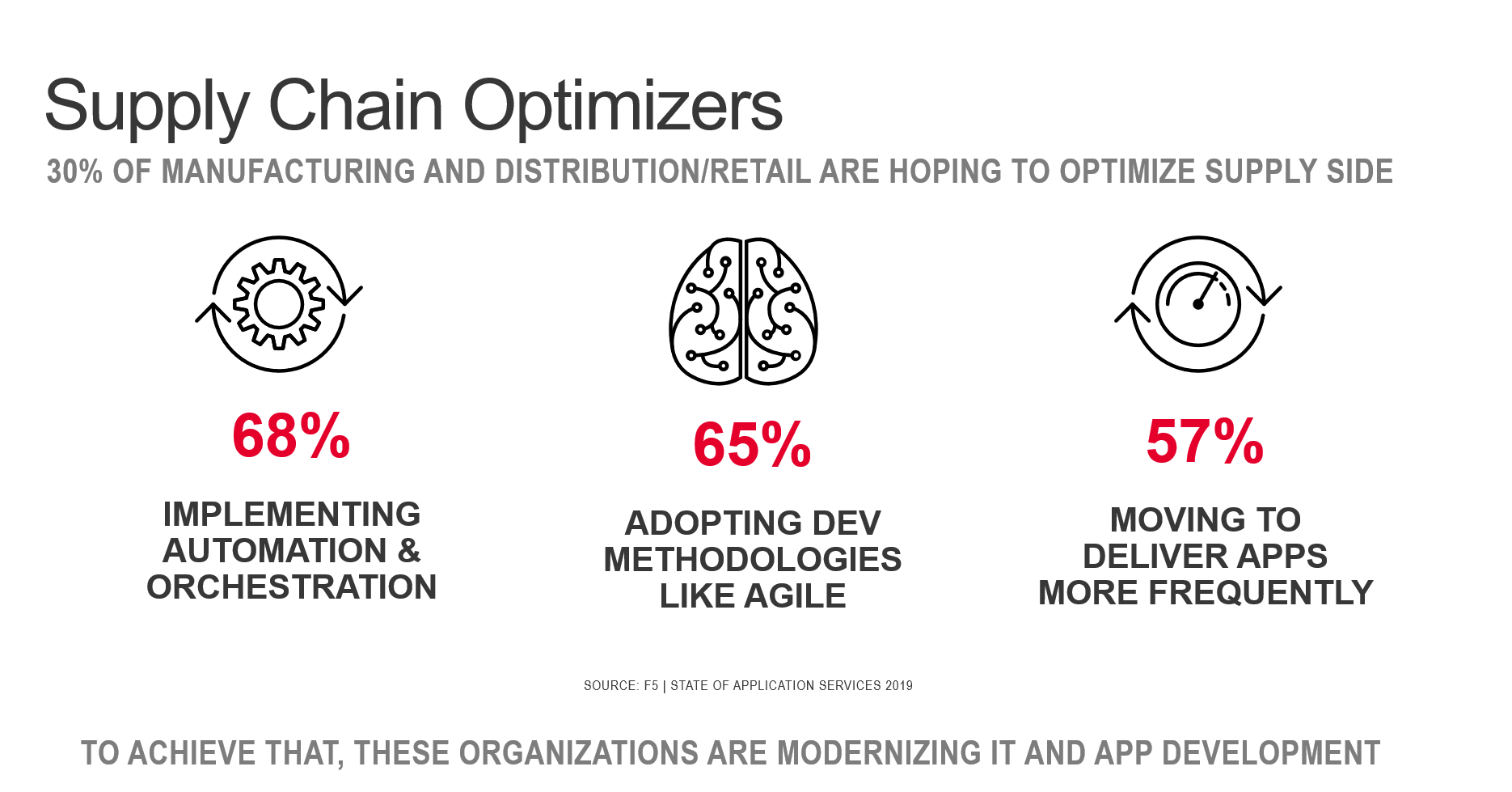Optimizing the Other Side of the DX Equation
For the past two years, we've asked about digital transformation efforts - including expected benefits and impacts on everything from development to deployment - in our State of Application Services survey. We've found that the majority of organizations across the globe and in every industry are currently in process. They're changing how they develop apps, when they deploy apps, and with what architectures.
Still, digital transformation remains one of the entries on a trendy buzzword bingo card. It's often perceived as a hyped-up trend.
The latest news regarding the digital economy ought to help digital transformation crest the hill of hype and enter firmly into the realm of reality.
That news is that for the first time in US history, online sales exceeded in-store purchases. Not by much, mind you, but enough to indicate that yes, digital transformation is being embraced by consumers. What's more important is the trend line for the digital economy continues to rise and is now the fourth largest sector overall at $59.8B brought in during February 2019.
There are about one in five organizations that are not engaged in digital transformation. Like its ancillary trends of automation and public cloud, organizations ignoring these technologies and trends are now at a distinct disadvantage. Because it's not just about the glitzy, gesture-oriented apps that consumers love. It's not just about instant access to finances and ride-sharing. It's also about the supply chain, where the materials and services necessary to assemble, build, and market the goods they ultimately offer are obtained. That supply chain is increasingly digital, relying on APIs and applications that instantly interact with supplies, distributors, and contractors.
Consider research from The Hackett Group, which found that "typical finance organizations can cut process costs by 35 percent by adopting digital technologies, nearly matching the level seen today by world-class organizations. World-class finance organizations run their shops at 45 percent less overall cost as a percentage of revenue than peer organizations." (Source: https://www.thehackettgroup.com/wp-content/uploads/2017/12/hackett-analytics-supply-chain-digital-1711.pdf)
Much of the success of digital transformation of the supply chain will rely on big data - its collection and analysis. This is why machine learning and data-driven technologies are rising in strategic importance. This is one of the reasons we saw "big data analytics" jump 10% from 2018 to 2019 in organizations considering it as strategically important.
Overall, fewer than one in five (18%) cited supply chain optimization as a benefit they wanted from digital transformation. Even when we drilled down to look at specific industries the percentage of organizations targeting this rich opportunity remained anemic. Less than one in three (31%) of retail/distribution expected to optimize their supply chain with digital transformation. Just behind them with 30% was manufacturing, an industry ripe for technology that addresses this supply-side opportunity.

This is a fascinating oversight given the historical impact of supply chain transformation through technology. Consider that Henry Ford - whom some might call the father of automation - put the assembly line into motion to reduce the time it took to assemble a car. That, in turn, meant he was able to reduce the price of those cars to the consumer.
Today, you can expect to sell your app for exactly $0. That's based on a survey finding that "mobile users are more willing to spend money on in-app features than they are to pay to download an app in the first place." (Source: https://www.gartner.com/newsroom/id/3331117) That means you need to find optimizations that reduce the cost of whatever you're selling with that app. Which leads us back to supply chain optimization.
Almost everyone has a supply chain of some sort. Sometimes it's a software supply chain - which is one of the reasons open source is gaining so much traction. It reduces the cost of goods sold because it costs nothing. Sometimes it's hardware. Sometimes it's perishable goods, and other times it is labor costs. Whatever "it" is that makes up your supply chain, you should be looking at how digital transformation can help you optimize it.
Because the digital economy is more real than it ever has been, and it's only going to continue to get even more real.
